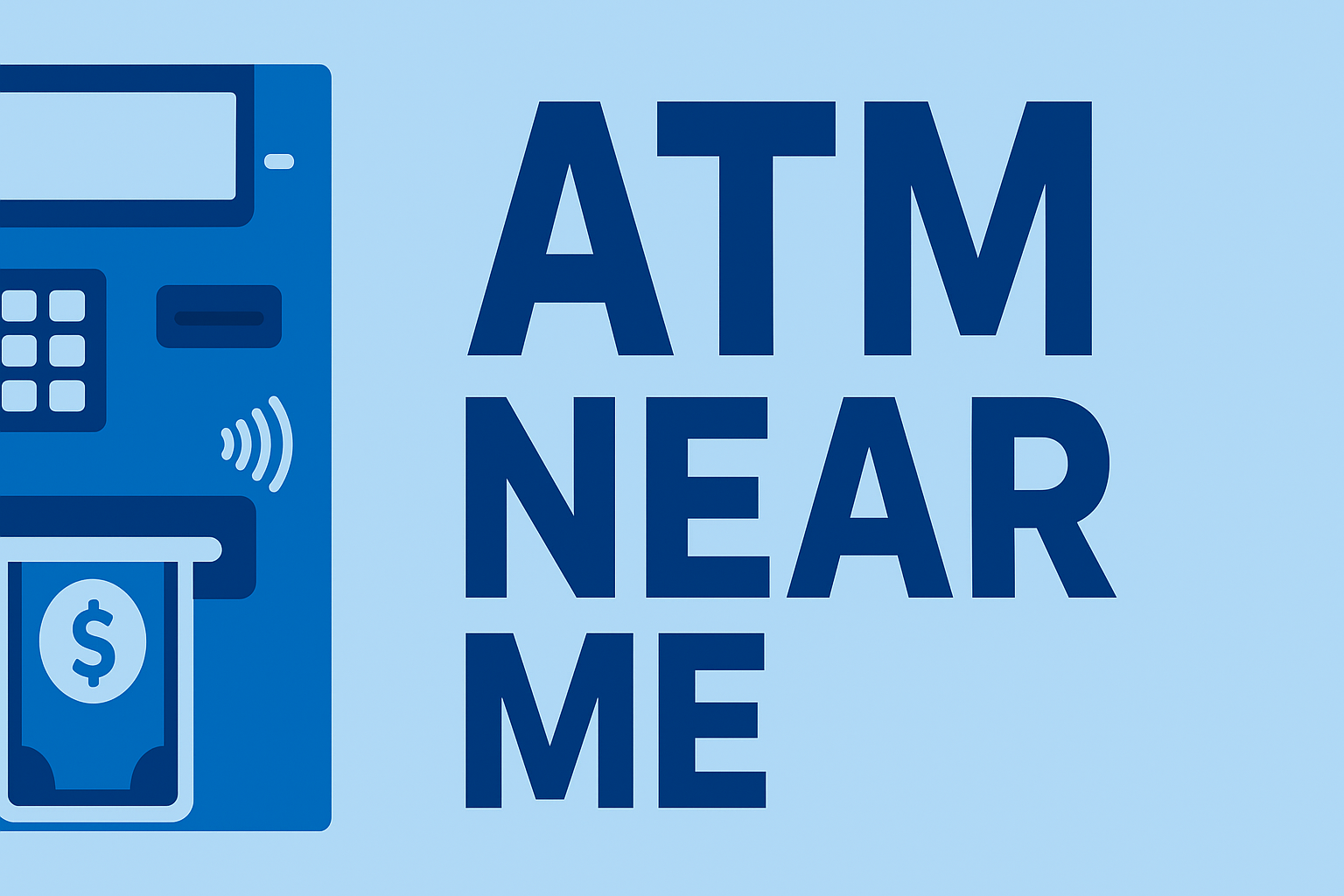Mobile wallet withdrawals—using Apple Pay, Google Pay, or Samsung Pay—are becoming increasingly common. Instead of inserting a physical card, you tap your phone or smartwatch to the ATM’s NFC reader. Behind the scenes, tokenization, encrypted keys, and network routing work together to complete the transaction securely. For a complete overview of how ATM components operate, see How ATMs Work.
This guide explains exactly how mobile wallet ATM withdrawals function, how the NFC connection works, and why tokenized card numbers make these transactions more secure than traditional card inserts.
What Is a Mobile Wallet ATM Withdrawal?
A mobile wallet ATM withdrawal lets you access your bank account using:
- Apple Pay
- Google Pay
- Samsung Pay
- Bank-specific NFC apps
Instead of using a card’s EMV chip or magnetic stripe, the ATM reads a tokenized version of your card credentials through short-range wireless communication.
How the ATM Reads Your Device Using NFC
Near Field Communication (NFC) works within a range of 1–2 inches. When you tap your device on the ATM:
- Your phone generates a one-time dynamic token
- The token travels to the ATM’s NFC reader
- Secure Element hardware verifies authenticity
- The ATM connects to your bank using encrypted keys
No actual card number is shared—only a temporary token that becomes useless once the session ends.
How Tokenization Secures the Transaction
Tokenization protects your card by replacing the real number with a randomized token. Even if intercepted, the token cannot be reused or traced back to your real account.
- No card number exposed to the ATM
- No card number stored on your device
- No card number transmitted over the network
This process works alongside EMV-level encryption, similar to what powers chip transactions. For more on encryption, see ATM Encryption Keys Guide.
PIN Entry and Identity Verification
Even with mobile wallet access, most ATMs still require your PIN. This PIN is encrypted inside a secure PIN block and transmitted through the ATM network for verification.
- Your PIN never travels in plain text
- The ATM uses a secure keypad or encrypted touchscreen
- PIN blocks are decrypted only by your bank
If the encrypted PIN block fails verification, the withdrawal is declined to prevent unauthorized access.
How the ATM Routes a Mobile Wallet Withdrawal
Once the NFC token and PIN are approved, the ATM initiates standard network routing through:
- The ATM switch
- Your bank’s authorization server
- The card network (Visa, MasterCard, etc.)
The routing is almost identical to a physical card withdrawal—the only difference is how your credentials were presented. Learn more in our routing guide: How ATM Networks Route Transactions.
Why Mobile Wallet Withdrawals Are More Secure
Mobile wallet ATM access is considered safer than physical cards because:
- The device never shares your real card number
- Dynamic tokens replace sensitive data
- NFC works only at very close range
- Biometrics protect access to your wallet
- Skimmers cannot read NFC signals
Even if someone steals your phone, they cannot withdraw cash without unlocking your wallet and knowing your PIN.
Final Thoughts
Mobile wallet ATM withdrawals combine NFC technology, tokenization, and strong encryption to make cash access faster and more secure. As banks modernize their fleets, these contactless withdrawals are becoming more widely available—and provide a safer alternative to card-based transactions.
